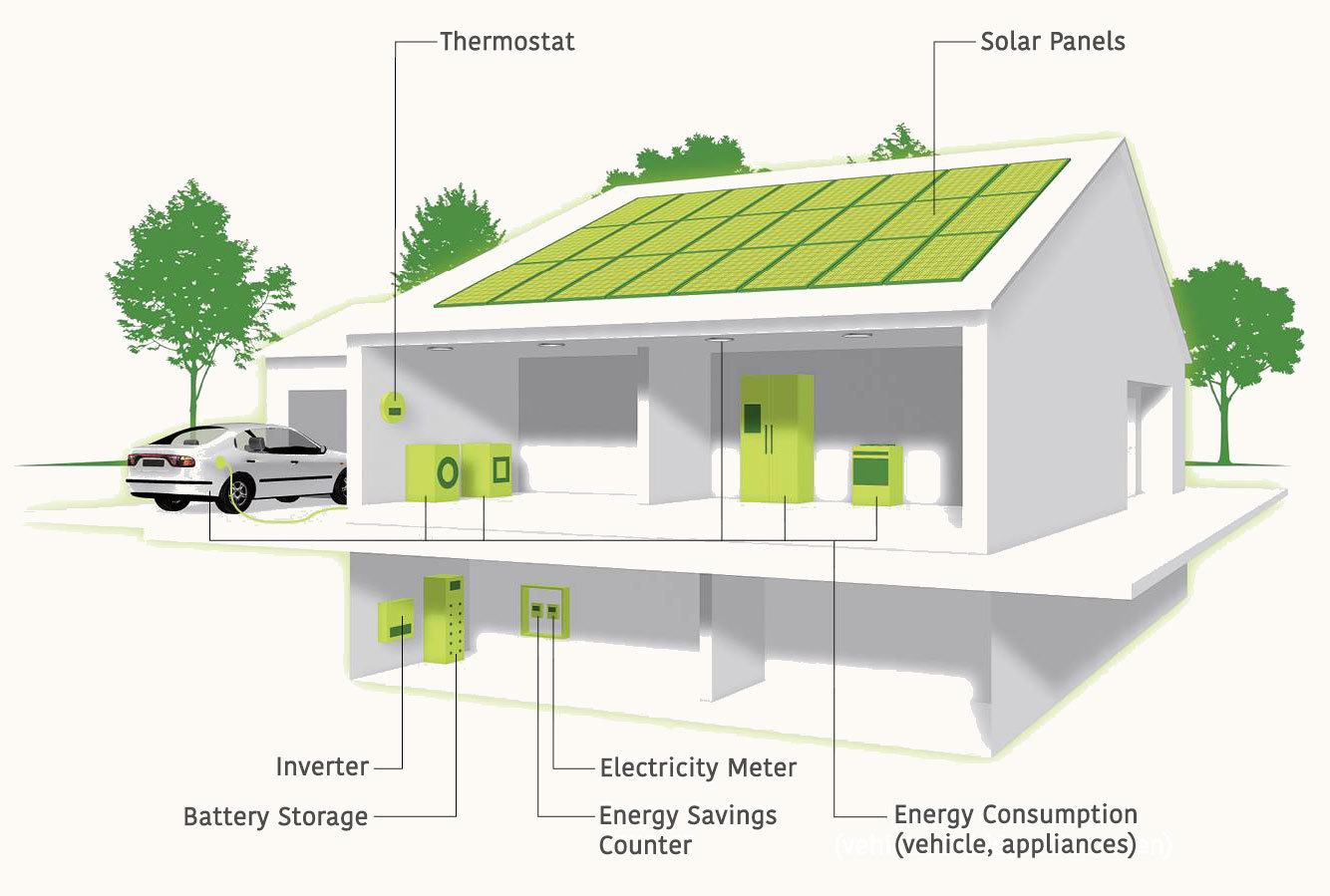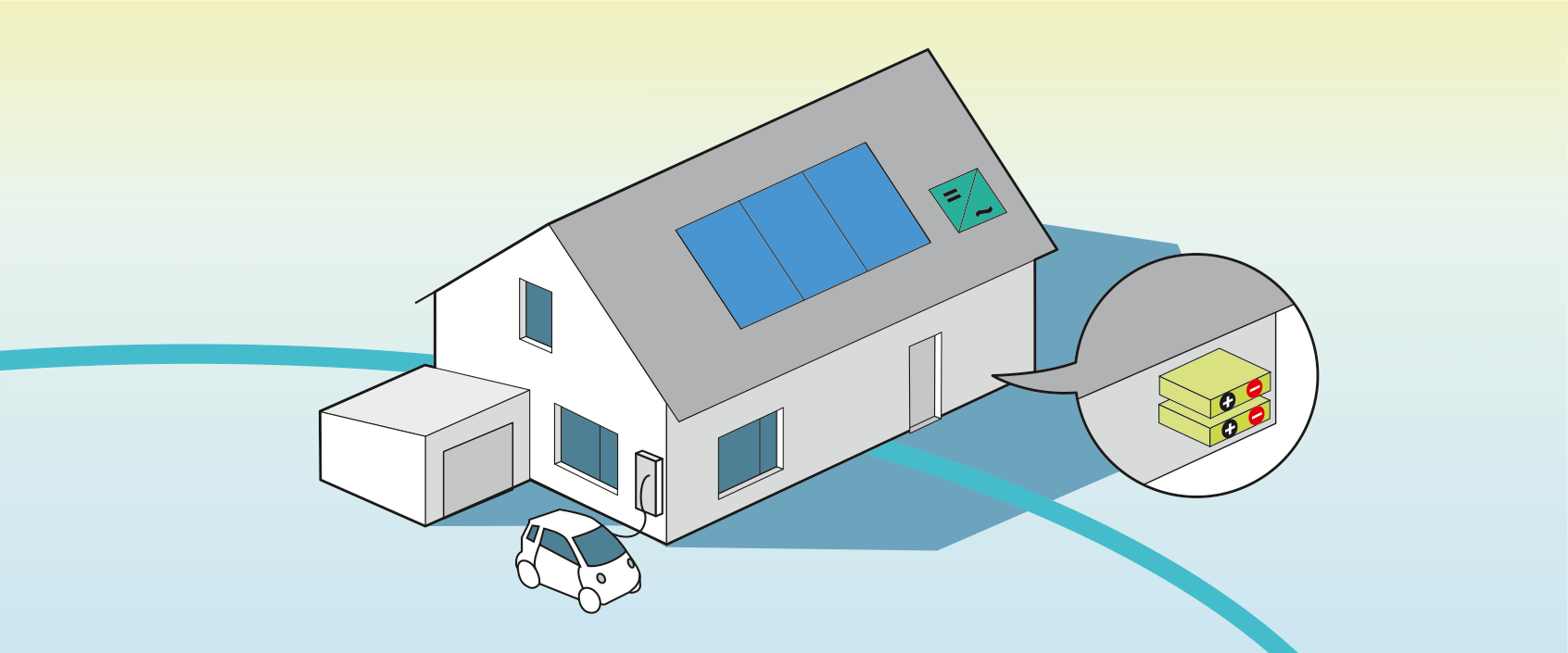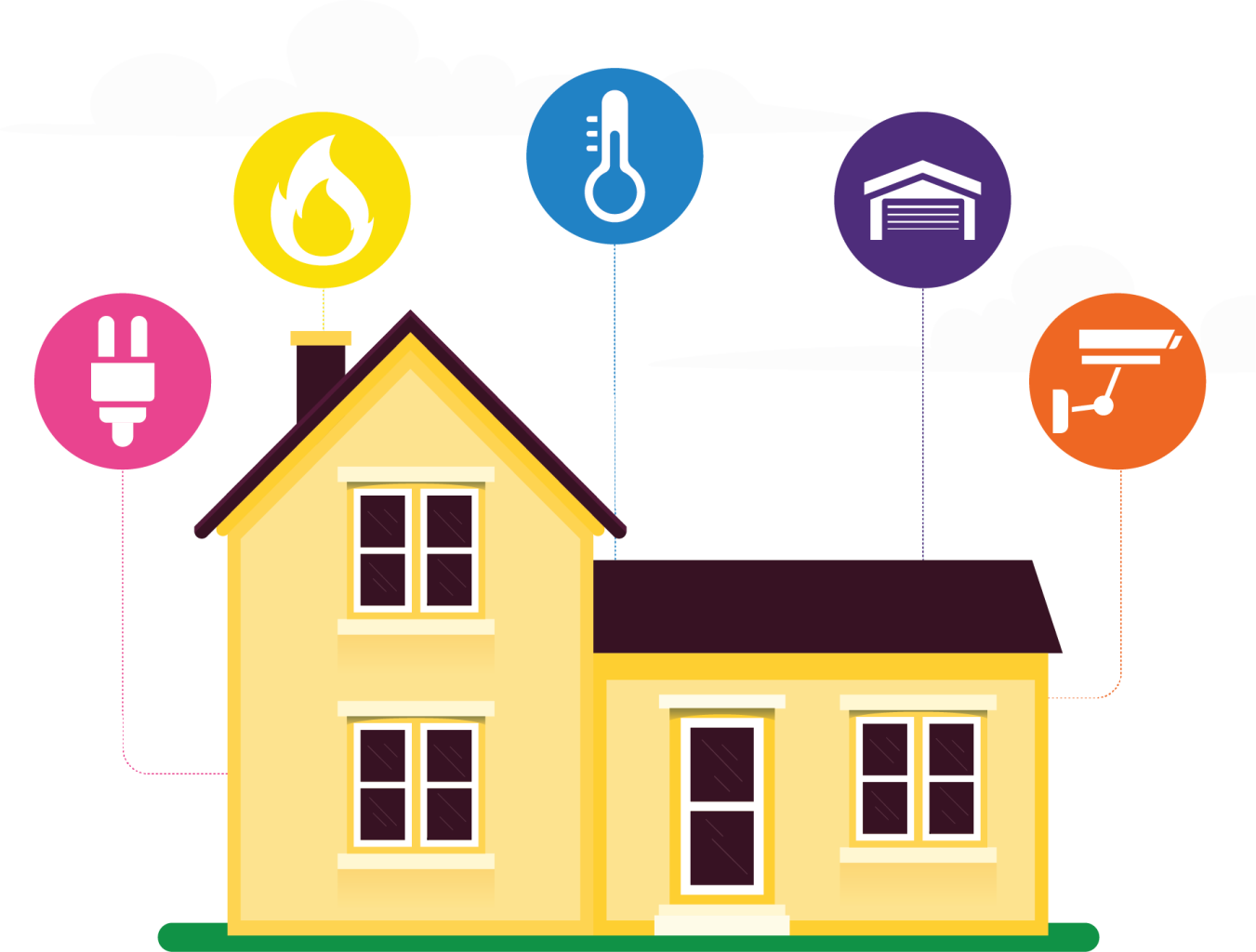How Does Home Energy Storage System Work?
With the increasing demand for energy and the growing concern for the environment, many people are turning to renewable energy sources to power their homes. One of the most popular options is solar energy, which relies on solar panels to generate electricity. However, solar energy is not always available, especially at night or on cloudy days. This is where a home energy storage system comes in. In this blog post, we will discuss how a home energy storage system works and its benefits.
Storing Energy
A home energy storage system is made up of batteries that store energy produced by solar panels or other renewable sources. When the panels generate more energy than the home needs, the excess energy is stored in the batteries. This stored energy can then be used to power the home when the panels are not generating energy, such as at night.


Using Stored Energy
When the home needs energy, the stored energy can be used instead of drawing energy from the grid. This not only saves money by reducing the amount of energy purchased from the utility company but also reduces the strain on the grid. In some cases, excess stored energy can even be sold back to the utility company, further reducing energy costs.
Monitoring and Control
Most home energy storage systems come with monitoring and control features that allow homeowners to track their energy usage and the amount of energy stored in the batteries. Some systems even allow for remote control, so homeowners can turn appliances on and off or adjust settings from their smartphones.

In conclusion, a home energy storage system is a great investment for homeowners who want to save money on energy costs and reduce their environmental impact. By storing excess energy produced by solar panels or other renewable sources, homeowners can use that energy when it is needed most. With monitoring and control features, homeowners can easily track their energy usage and make adjustments to maximize energy efficiency.




